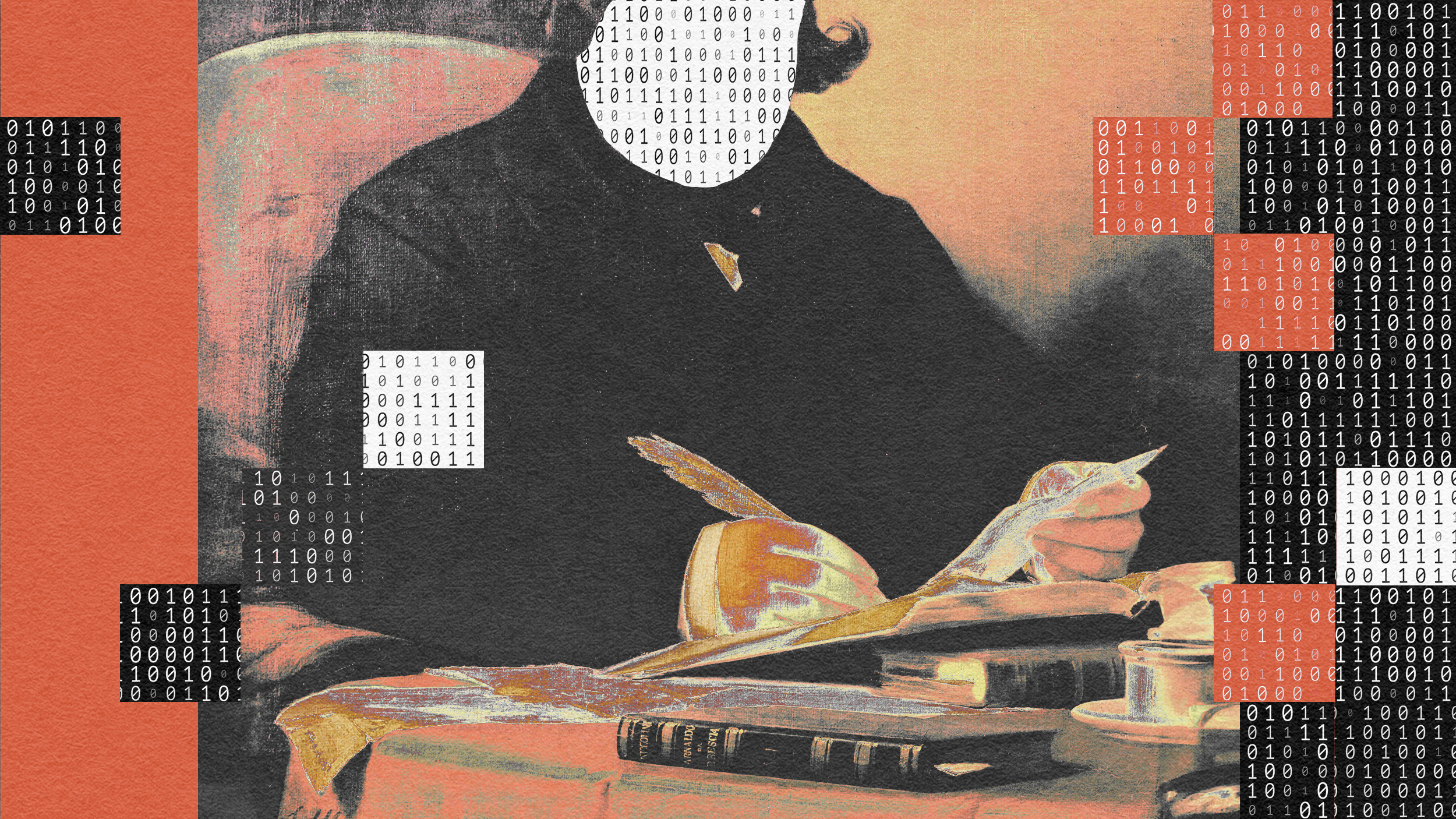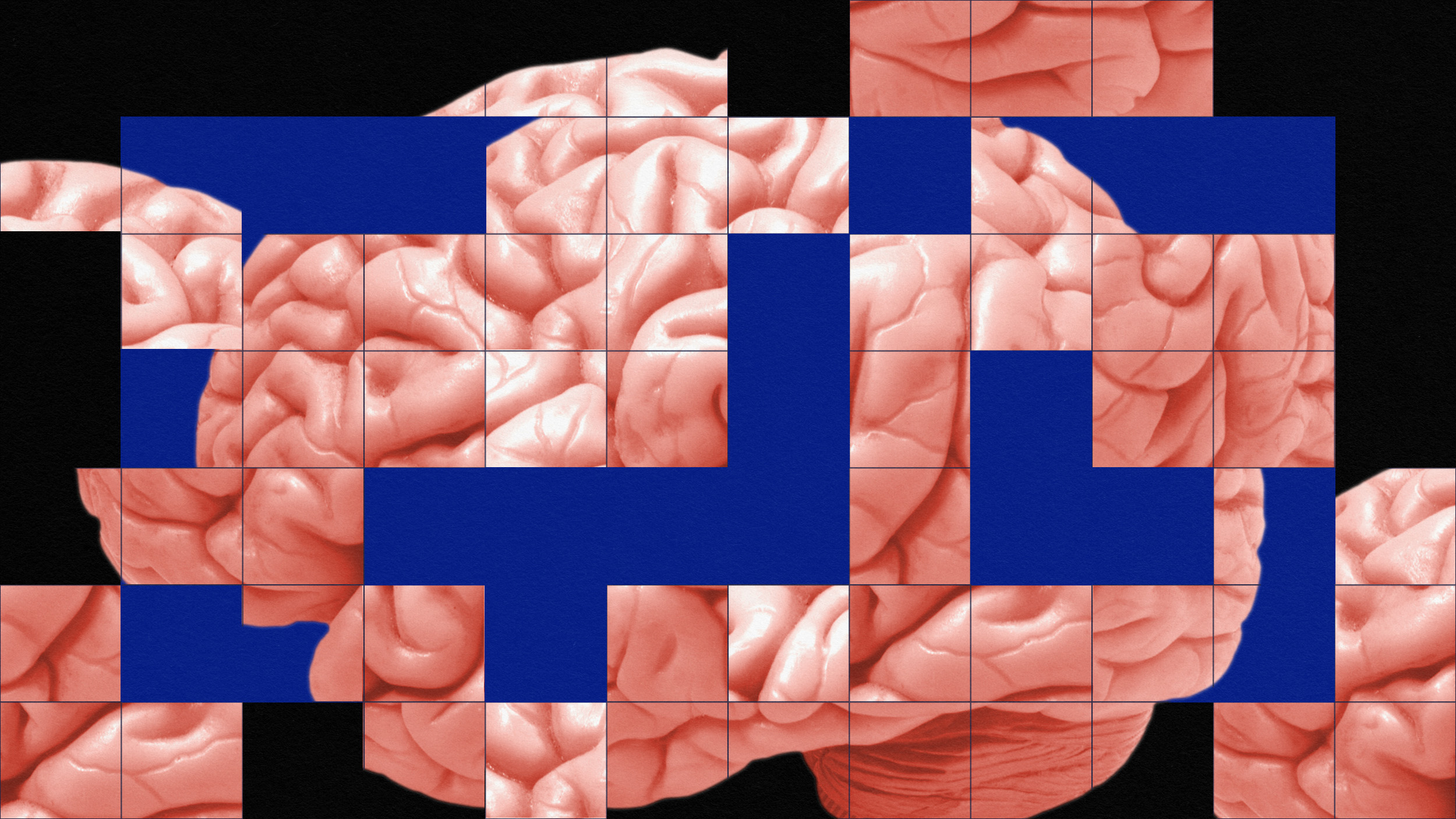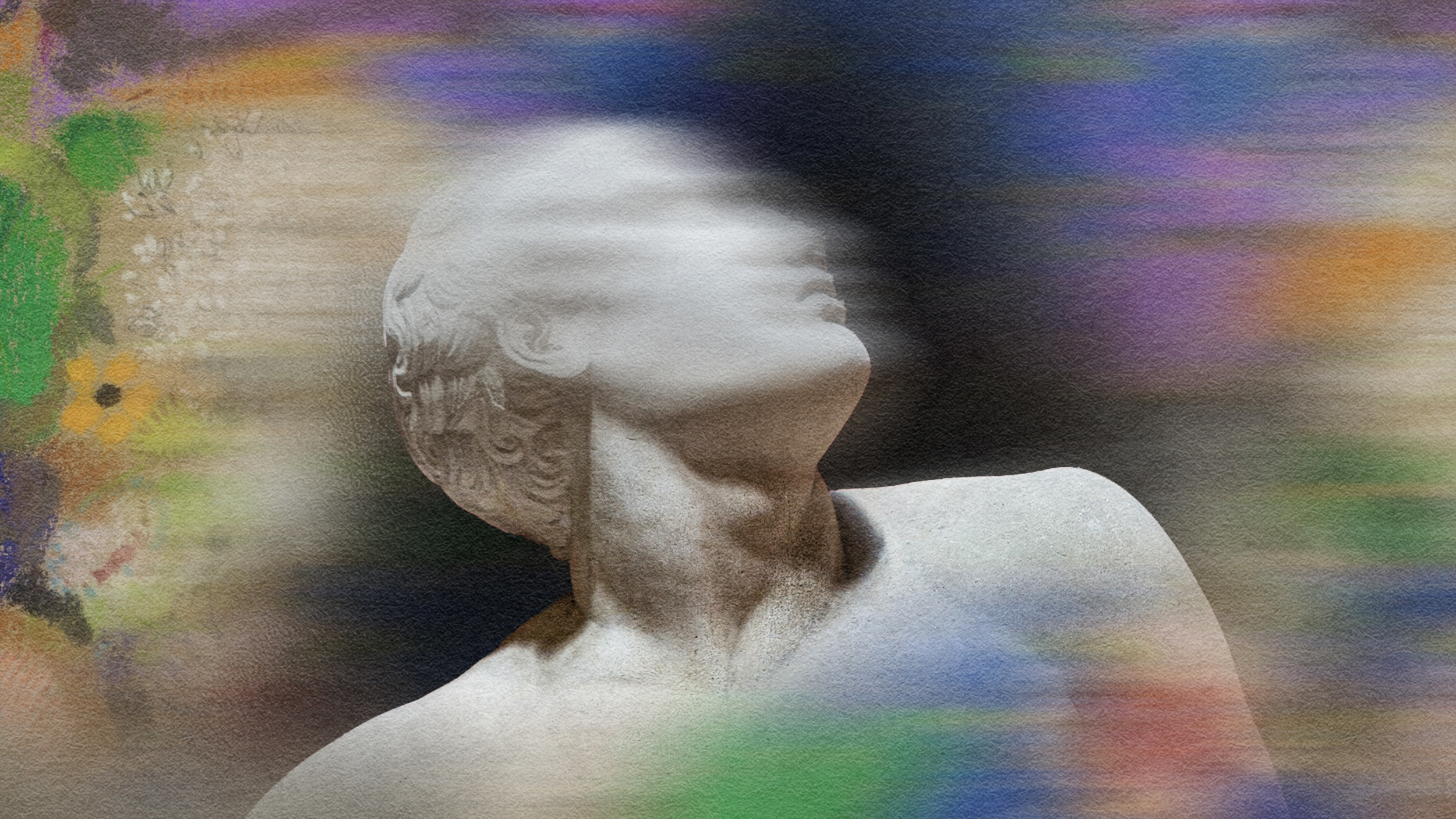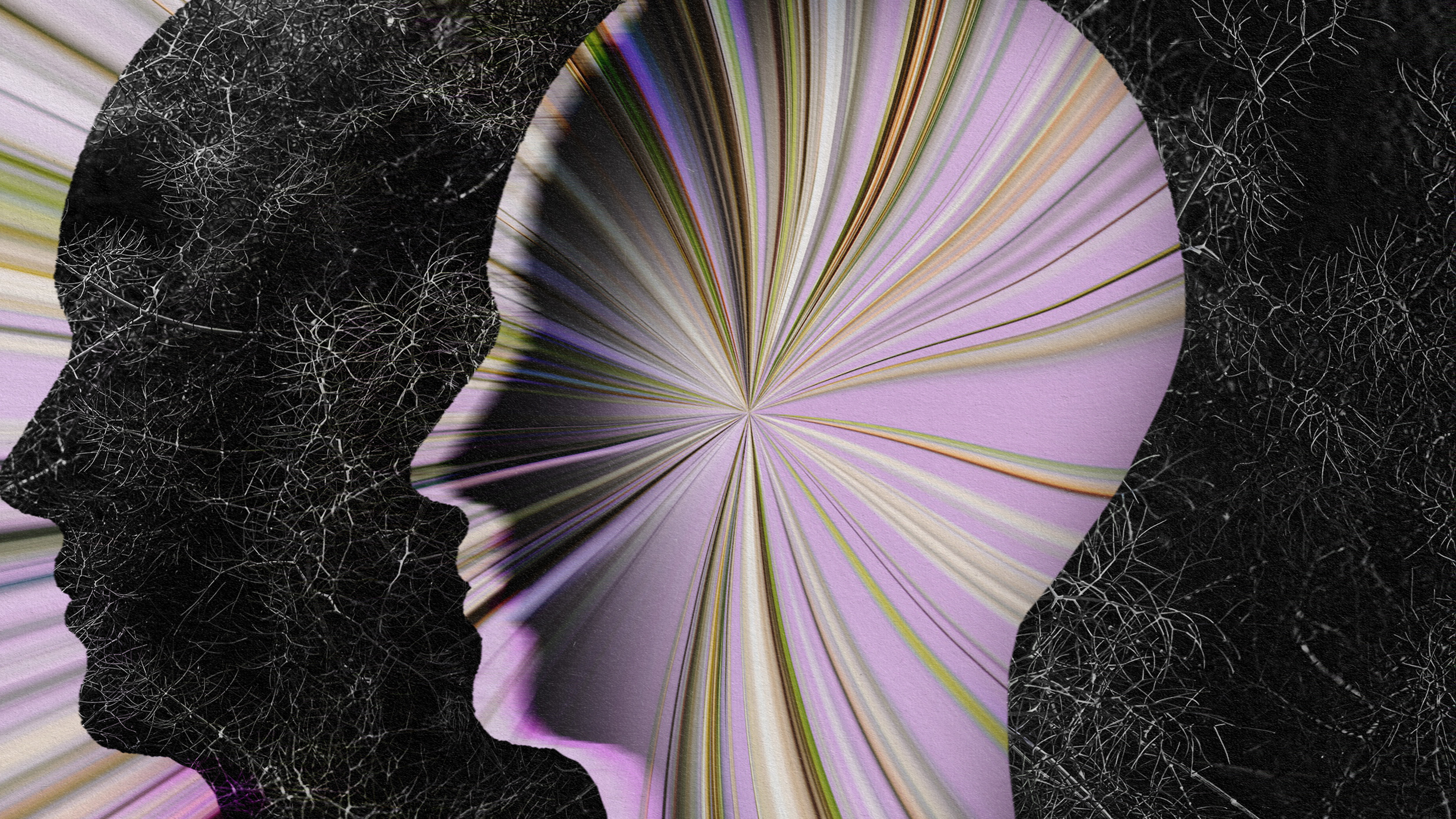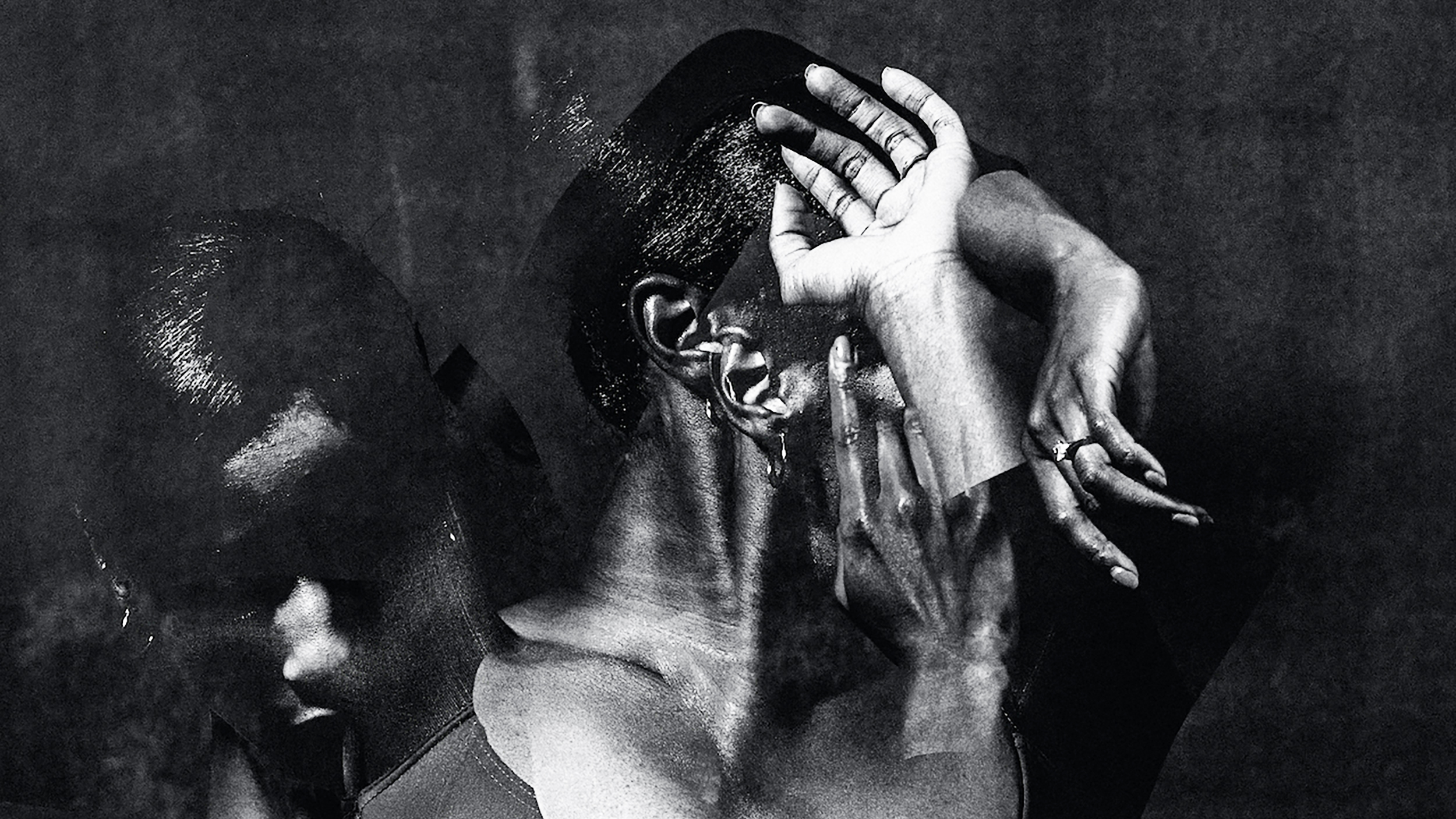Interoception: how to improve your “gut feeling”

Credit: Anthony Tran via Unsplash
- Our surroundings contain far more information than our conscious minds can process.
- Our non-conscious minds are constantly gathering information and identifying patterns.
- By being interoceptively attuned — that is, aware of the inner state of the body — we can tap into what our non-conscious mind is trying to tell us.
The following is an adapted excerpt from the book The Extended Mind. It is reprinted with permission of the author.
If you’d like to make smarter choices and sounder decisions — and who doesn’t? — you might want to take advantage of a resource you already have close at hand: your interoception. Interoception is, simply stated, an awareness of the inner state of the body. Just as we have sensors that take in information from the outside world (retinas, cochleas, taste buds, olfactory bulbs), we have sensors inside our bodies that send our brains a constant flow of data from within. These sensations are generated in places all over the body — in our internal organs, in our muscles, even in our bones — and then travel via multiple pathways to a structure in the brain called the insula. Such internal reports are merged with several other streams of information — our active thoughts and memories, sensory inputs gathered from the external world — and integrated into a single snapshot of our present condition, a sense of “how I feel” in the moment, as well as a sense of the actions we must take to maintain a state of internal balance.
To understand the role interoception can play in smart decision-making, it’s important to know that the world is full of far more information than our conscious minds can process. However, we are also able to collect and store the volumes of information we encounter on a non-conscious basis. As we proceed through each day, we are continuously apprehending and storing regularities in our experience, tagging them for future reference. Through this information-gathering and pattern-identifying process, we come to know things — but we’re typically not able to articulate the content of such knowledge or to ascertain just how we came to know it. This trove of data remains mostly under the surface of consciousness, and that’s usually a good thing. Its submerged status preserves our limited stores of attention and working memory for other uses.
A study led by cognitive scientist Pawel Lewicki demonstrates this process in microcosm. Participants in Lewicki’s experiment were directed to watch a computer screen on which a cross-shaped target would appear, then disappear, then reappear in a new location; periodically they were asked to predict where the target would show up next. Over the course of several hours of exposure to the target’s movements, the participants’ predictions grew more and more accurate. They had figured out the pattern behind the target’s peregrinations. But they could not put this knowledge into words, even when the experimenters offered them money to do so. The subjects were not able to describe “anything even close to the real nature” of the pattern, Lewicki observes. The movements of the target operated according to a pattern too complex for the conscious mind to accommodate — but the capacious realm that lies below consciousness was more than roomy enough to contain it.
“Nonconscious information acquisition,” as Lewicki calls it, along with the ensuing application of such information, is happening in our lives all the time. As we navigate a new situation, we’re scrolling through our mental archive of stored patterns from the past, checking for ones that apply to our current circumstances. We’re not aware that these searches are under way; as Lewicki observes, “The human cognitive system is not equipped to handle such tasks on the consciously controlled level.” He adds, “Our conscious thinking needs to rely on notes and flowcharts and lists of ‘if-then’ statements — or on computers — to do the same job which our non-consciously operating processing algorithms can do without external help, and instantly.”
But — if our knowledge of these patterns is not conscious, how then can we make use of it? The answer is that, when a potentially relevant pattern is detected, it’s our interoceptive faculty that tips us off: with a shiver or a sigh, a quickening of the breath or a tensing of the muscles. The body is rung like a bell to alert us to this useful and otherwise inaccessible information. Though we typically think of the brain as telling the body what to do, just as much does the body guide the brain with an array of subtle nudges and prods. (One psychologist has called this guide our “somatic rudder.”) Researchers have even captured the body in mid-nudge, as it alerts its inhabitant to the appearance of a pattern that she may not have known she was looking for.
Such interoceptive prodding was visible during a gambling game that formed the basis of an experiment led by neuroscientist Antonio Damasio, a professor at the University of Southern California. In the game, presented on a computer screen, players were given a starting purse of two thousand “dollars” and were shown four decks of digital cards. Their task, they were told, was to turn the cards in the decks face-up, choosing which decks to draw from such that they would lose the least amount of money and win the most. As they started clicking to turn over cards, players began encountering rewards — bonuses of $50 here, $100 there — and also penalties, in which small or large amounts of money were taken away. What the experimenters had arranged, but the players were not told, was that decks A and B were “bad” — they held lots of large penalties in store — and decks C and D were “good,” bestowing more rewards than penalties over time.
How Our Brains Feel Emotion | Antonio Damasio | Big Thinkwww.youtube.comAs they played the game, the participants’ state of physiological arousal was monitored via electrodes attached to their fingers; these electrodes kept track of their level of “skin conductance.” When our nervous systems are stimulated by an awareness of potential threat, we start to perspire in a barely perceptible way. This slight sheen of sweat momentarily turns our skin into a better conductor of electricity. Researchers can thus use skin conductance as a measure of nervous system arousal. Looking over the data collected by the skin sensors, Damasio and his colleagues noticed something interesting: after the participants had been playing for a short while, their skin conductance began to spike when they contemplated clicking on the bad decks of cards. Even more striking, the players started avoiding the bad decks, gravitating increasingly to the good decks. As in the Lewicki study, subjects got better at the task over time, losing less and winning more.
Yet interviews with the participants showed that they had no awareness of why they had begun choosing some decks over others until late in the game, long after their skin conductance had started flaring. By card 10 (about forty-five seconds into the game), measures of skin conductance showed that their bodies were wise to the way the game was rigged. But even ten turns later — on card 20 — “all indicated that they did not have a clue about what was going on,” the researchers noted. It took until card 50 was turned, and several minutes had elapsed, for all the participants to express a conscious hunch that decks A and B were riskier. Their bodies figured it out long before their brains did. Subsequent studies supplied an additional, and crucial, finding: players who were more interoceptively aware were more apt to make smart choices within the game. For them, the body’s wise counsel came through loud and clear.
Damasio’s fast-paced game shows us something important. The body not only grants us access to information that is more complex than what our conscious minds can accommodate. It also marshals this information at a pace that is far quicker than our conscious minds can handle. The benefits of the body’s intervention extend well beyond winning a card game; the real world, after all, is full of dynamic and uncertain situations, in which there is no time to ponder all the pros and cons. When we rely on the conscious mind alone, we lose — but when we listen to the body, we gain a winning edge.
Annie Murphy Paul is a science writer who covers research on learning and cognition. She is the author of The Extended Mind: The Power of Thinking Outside the Brain, from which this article is adapted.
